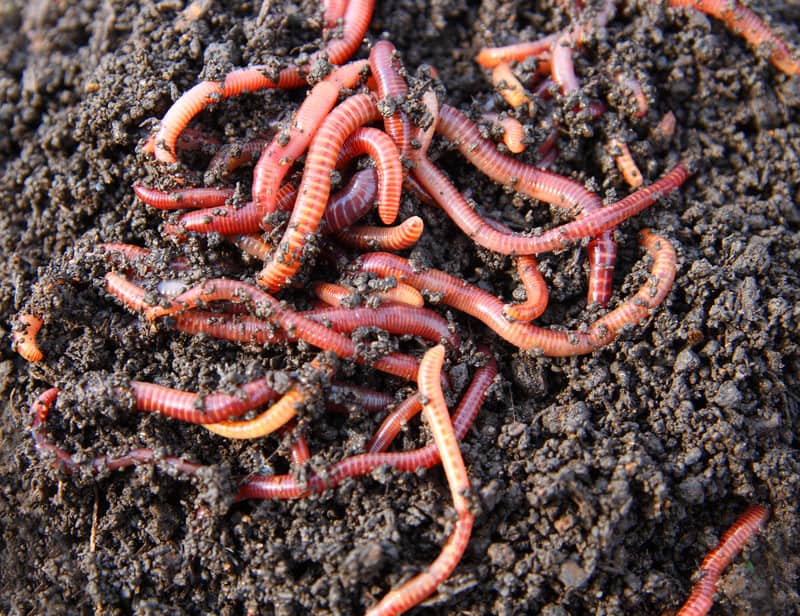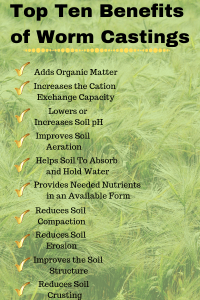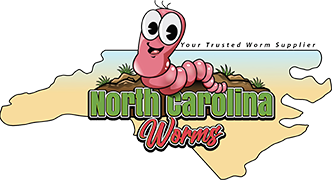The Best Strategy To Use For North Carolina Worms
The Best Strategy To Use For North Carolina Worms
Blog Article
Some Known Details About North Carolina Worms
Table of ContentsRumored Buzz on North Carolina WormsGetting The North Carolina Worms To WorkExcitement About North Carolina Worms9 Easy Facts About North Carolina Worms Shown
Example: 1-gallon of worm castings to 4 gallons of potting mix. 1/2 mug in the bottom of the growing opening for smaller plants. 1 mug for larger plants.
The enhancement of tea can also include boosted microbial biomass to your soil. You can constantly side-dress your plants with worm castings at any time. Simply keep in mind, the microorganisms will certainly die if exposed to UV rays (Sunlight), so make sure to cover the spreadings with an inch or so of dirt.
This baffled them for several years up until the testing approaches ended up being much better. They discovered that plant growth and health showed a Bell Curve. It would improve(with even more spreadings), degree off, and afterwards decrease. They were baffled. They lastly uncovered that excess plant-growth hormones were the wrongdoer. Way too many worm castings would increase the growth to a speed that the plant can not recover from.
All about North Carolina Worms
I have stated the merits of worm spreadings for about 2000 words. Worm castings are no different. It takes time to produce top quality worm spreadings.
Worm castings absolutely set you back more than chemical plant foods. Worm spreadings are on the less expensive end of natural fertilizers. (50 gallons per year) It is a much more difficult and very pricey financial investment to produce large quantities of worm spreadings.

Creating a healthy and balanced soil might be the biggest benefit of worm castings. We reviewed worm castings NPK and additionally the appropriate nutrient evaluation that ought to use to worm castings.
Some Known Questions About North Carolina Worms.
Finally, we discussed several of the negative aspects associated with worm castings. I covered a great deal of product in this write-up. There are a lot of links (internal and outside). If you would certainly such as even more information on a specific topic, please click with the web links to find out more. As always, do not hesitate to comment or ask concerns.
The upright burrows are generally open, although the worms top the leading with deposit and waste matter. The upright burrows are really essential points of entrance for quick water infiltration right into the dirt, specifically in no-till systems. Air-filled porosity is crucial in assisting plant origins to grow. Roots need oxygen for their development, whereas they create co2 that needs to leave the dirt.
Earthworms raise porosity by 2 systems: (1) by creating permanent burrows, and (2) by boosting dirt aggregation. Gathering is boosted by the mixing of soil and raw material in the earthworms' guts. Lake Rhodhiss Bait. These extremely stable aggregates are transferred by some earthworms in their burrows, and by others at the surface area of the dirt


In one more research, earthworms were estimated to eat 4 to 10 percent of the leading 6 inches of the soil yearly. Dirt compaction decreases the porosity of the dirt.
Some Of North Carolina Worms
Regular earthworm populaces can quickly take in 2 lots of dry matter per acre per year, partially absorbing and blending it with dirt. The relevance of earthworms to blend surface area deposit with dirt becomes very clear in dirts that do not have any kind of earthworms. A lot of our Pennsylvania soils have at least some earthworms, and the effect of their complete lack, consequently, can not be noted.
(https://justlink.org/details.php?id=369240)In these dirts, the development of topsoil with practical raw material material did not occur, causing inadequate crop growth. As soon as the reason was developed, the federal government of the Netherlands began a project to present earthworms. After the introduction of the earthworms, a dark topsoil layer was developed, and plant development raised substantially.
They live mostly from partly decomposed raw material that is already included in the dirt. They consume their way through the soil, producing horizontal burrows that they full of their waste matter. These species ingest large quantities of dirt that they combine with digested crop deposit in their guts. or anecic types stay in irreversible vertical burrows that can be 5 or 6 feet deep.
These types consume considerable quantities of soil that they blend with digested deposit in their intestines. Their excrement is largely transferred at the surface of the dirt.
Report this page